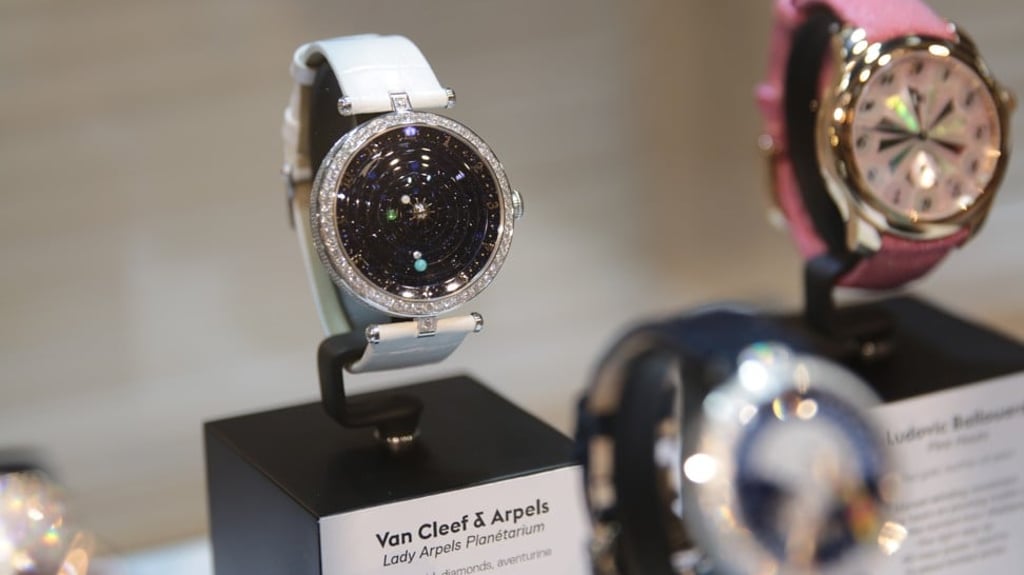Oscars of the watch world: 5 stars of the GPHG 2018 shortlist

We highlight some of the most outstanding timepieces competing for a coveted Grand Prix D’Horlogerie de Genève 2018 prize
Christmas is just around the corner – but there’s one more thing to look forward to in the watch world before Santa season officially hits.
The annual Grand Prix D’Horlogerie de Genève (or GPHG) takes place this year in Geneva on November 9, where some of the world’s best and most innovative timepieces compete across 12 categories. The categories range from Ladies’ Complication to Mechanical Exception, and Artistic Crafts to Chronograph.
Often referred to as the Oscars of the watchmaking industry, its prizes – of which there are 16 in total – are coveted. Apart from the 12 category prizes (where six shortlisted watches compete per category), the other four prizes are: Revival Watch, Special Jury, Public, and the “Aiguille D’or” Grand Prix.
All 72 of the shortlisted timepieces embarked on a travelling exhibition that kick-started on September 28 in Venice, stopping by Hong Kong and Singapore before going back home to Geneva.
We stopped by the Liang Yi Museum, where the exhibition (hosted by LGT private bank and Wine’s Link company) took place in Hong Kong on October 10 and 11, for a quick look.
While all the watches are gorgeous, we picked out a few highlights to share with you.
Van Cleef & Arpels, Lady Arpels Planetarium
Category: Ladies’ Complication
Van Cleef & Arpels created the men’s Midnight Planetarium four years ago, and this year at SIHH it created one for women as part of its Poetic Astronomy collection. On the dial, you can see the sun and its three closest planets, Mercury, Venus and Earth. Earth is special, because its moon is also included. All of these orbit around the sun accurate to its actual speed: 88 days for Mercury, 224 days for Venus and 365 days for Earth. The moon, of course, rotates around the earth in 29.5 days. So you have this beautiful celestial dance happening on your wrist, every single day.
